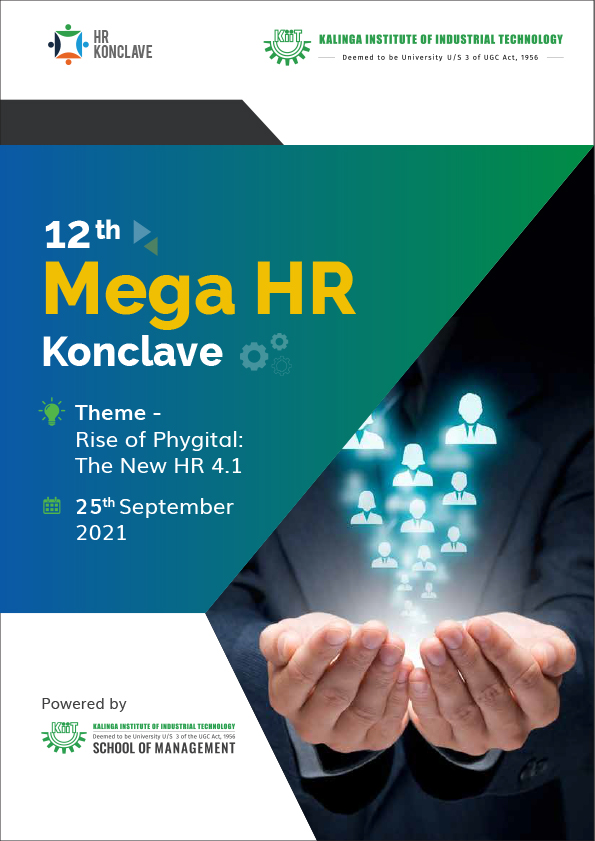Rise of Phygital: The New HR 4.1
Bad companies are destroyed by crisis. Good companies survive them. Great companies are improved by them.
Andy Grove, Founder Intel
Grappling with the COVID19 pandemic, organizations worldwide experiment with bringing their employees back to the office in the ‘New Normal.’ Ongoing digitization and digital disruption have found their way into the workplace 4.1 which is no longer physical but a combination of ‘place’ and virtual ‘digital’ applications. Both versions of the workplace influence and strengthen each other into a hybrid model that is termed as the ‘phygital’ workspace. ‘Phygital’ -a term coined by the marketing departments to bring together the physical and digital worlds helps organizations to enable their workforce to their best work in the best place and in the best way.
By the end of 2020, nearly 90% of organizations had offered remote working applications to their employees. A big chunk of work can be done anywhere at any time. Even with work that is tied to a physical site, the process in which employees go about their job are increasingly digitized. Agile processes like daily standup meetings (i.e., scrum meetings), short solution cycles (i.e., sprints) and lean documentation help employees work in an iterative and adaptive fashion. These processes are fueled by the digital workplace. While the digital workplace is critical from improving an organization’s efficiency, and intersection between digital and physical workplaces is highly desired. The outbreak of COVID19 has changed the definition of ‘workplace’. Until recently the common understanding of workplace was a physical office providing an environment for focused and collaborative work. Though ‘Zoom’ and ‘Hangouts’ were a generic part of our communication lexicon in the beginning of 2000, they became the only mode of communication in the past year and half. While a virtual office is commonplace, zoom teams etc. are incorporating whiteboards and break-out rooms to augment visual communication. These efforts help mimic the real-world workspace. Thus, organizations need hybrid work models where those in-person and remote feel the same sense of companionship.
While hybrid workspaces offer tremendous opportunities, they bring in new issues as well.
The pandemic has opened conversations around unproductive meetings, work-life balance, stress, and burnout. Hence, the new normal will have employee well-being at the center of workspace design. This might include smaller offices to reduce commute time, break-out areas, and mental health support facilities. Organizations are constantly deciding the quantum of employees who can come to work physically and their modalities of work to ensure the twin parameters of safety and productivity. Though maintaining the physical workspace is problematic, reports indicate the rising fatigue in employees working remotely. The ‘phygital’ workspace needs a complete reimagination to accommodate varied work environments seamlessly. Continual videoconferencing, seamless in-person and remote collaboration spaces (virtual whiteboards) and asynchronous working models will make a quick shift from future ideas to standard practice in the new normal 4.1.
Technology and people are at the center stage of this tremendous workspace revolution. In ‘phygital’ backdrop, the Mega HR Konclave hosted by KIIT School of Management, KIIT DU aims to explore the new image of HR 4.1 in spearheading these tremendous workplace revolutions, employee wellbeing,

